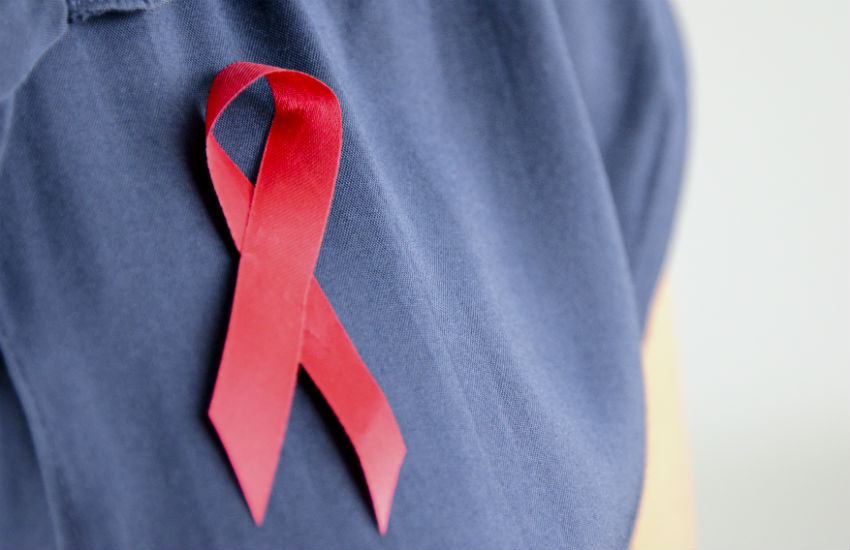HIV rates have dropped in Australia (World Bank Photo Collection | Flickr)
New HIV cases are at a seven year low in Australia. Experts have credited the increase use of PrEP (pre-exposure prophylaxis) and regular testing.
Last year, Australia recorded its lowest rate of new HIV diagnoses since 2010, with 963 cases. The biggest drop of new cases was among men who have sex with men (MSM). That population saw a 15% reduction in the last year alone.
The Kirby Institute released the new figures at the Australasian HIV & AIDS Conference in Sydney.
‘We should be very pleased with these results,’ said Professor Rebecca Guy, head of the Kirby Institute’s Surveillance, Evaluation and Research Program.
‘Although the declines are relatively small, the downward trend over recent years, alongside increased testing rates and enhanced national prevention strategies, mean we can be cautiously optimistic about these reductions.’
Another welcomed statistics in the latest release of data showed Australia has met its 2020 UNAIDS global targets.
In 2017, an estimated 74% of people living with HIV in Australia had a suppressed or undetectable viral load. That figure just exceeds the UNAIDS target of 73%.
‘This is a fantastic achievement for Australia, and reflects strengthened clinical and public health initiatives, and the leadership of people living with HIV,’ Guy said.
‘However, we have a long way to go to meet the 2030 target of 86%. This will only be achieved with enhanced responses and strong partnerships between community, government, research and clinical sectors.’
Not all good news
Not all of the latest statistics revealed good news.
The rate of HIV diagnoses among Aboriginal and Torres Strait Islander people was double the population.
New cases among heterosexual men also jumped 10% over the past five years. Many had lived with HIV for years without knowing their status. Experts have calling for better HIV education for heterosexual Australians travelling overseas.
‘The figures among heterosexuals are concerning. Almost half the diagnoses in this population are late, which means that the person has been living with HIV for four or more years without knowing,’ Guy said.
‘These data highlight the importance of HIV testing among heterosexuals.’
HIV experts said the fact that the numbers among Aboriginal and Torres Strait Islander populations had not declined, meant the gap in HIV rates was likely to widen.
‘More needs to be done to ensure that people with HIV from Aboriginal and Torres Strait Islander and other culturally and linguistically diverse communities, positive women and those without access to Medicare get more opportunities to test and commence treatment at earlier stages of infection,’ said Aaron Cogle, CEO, National Association of People with HIV Australia.







